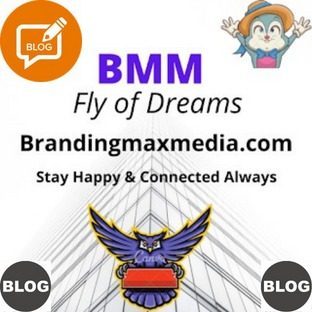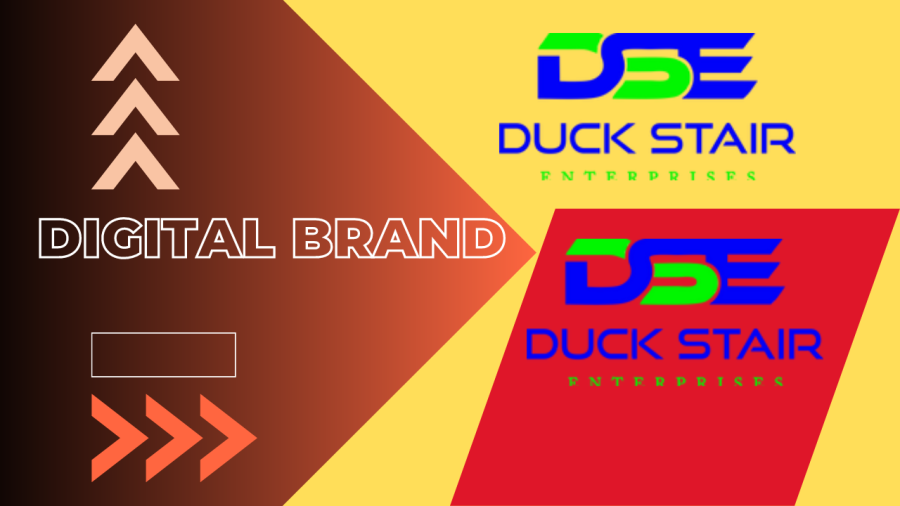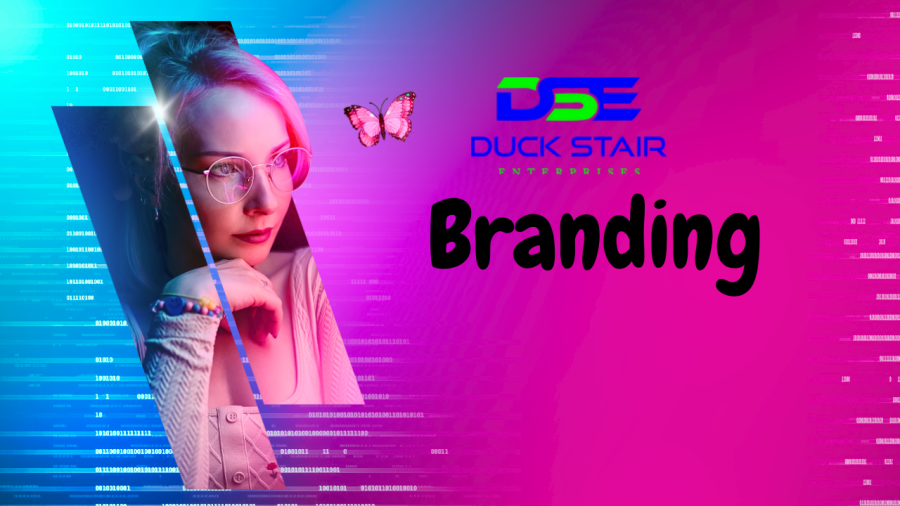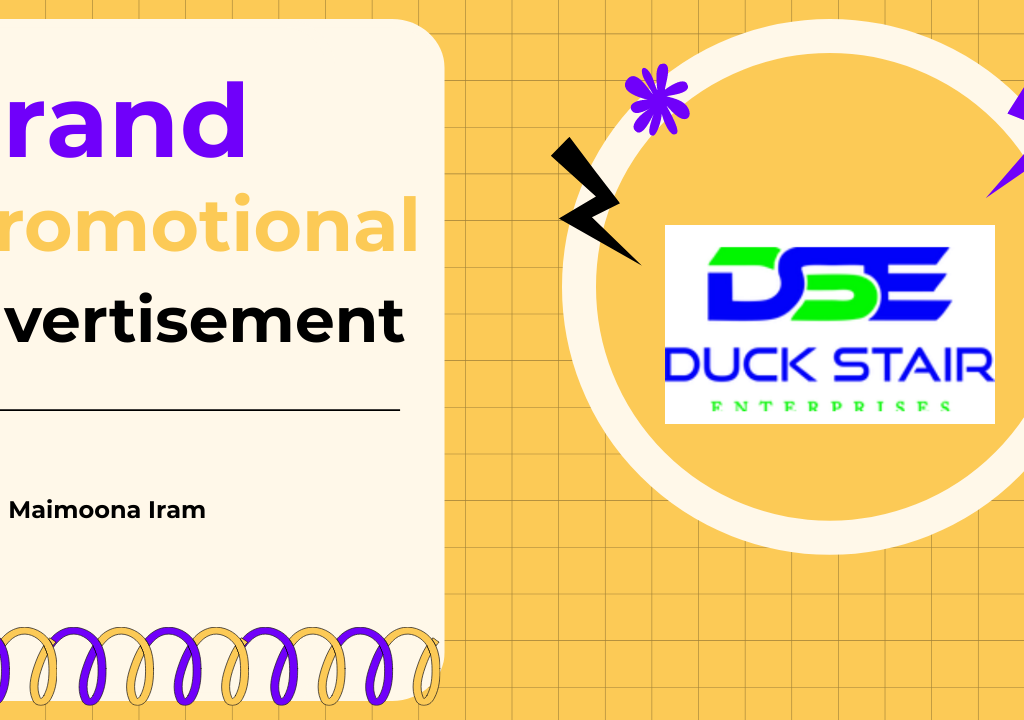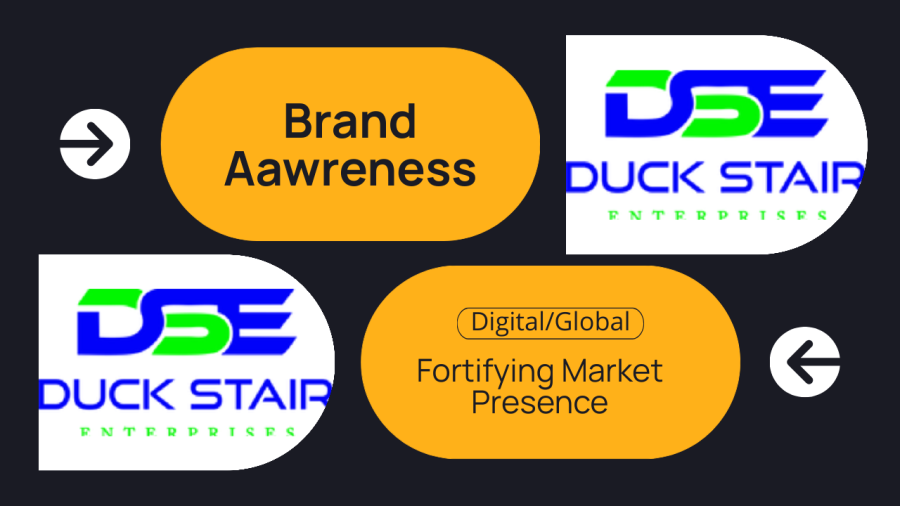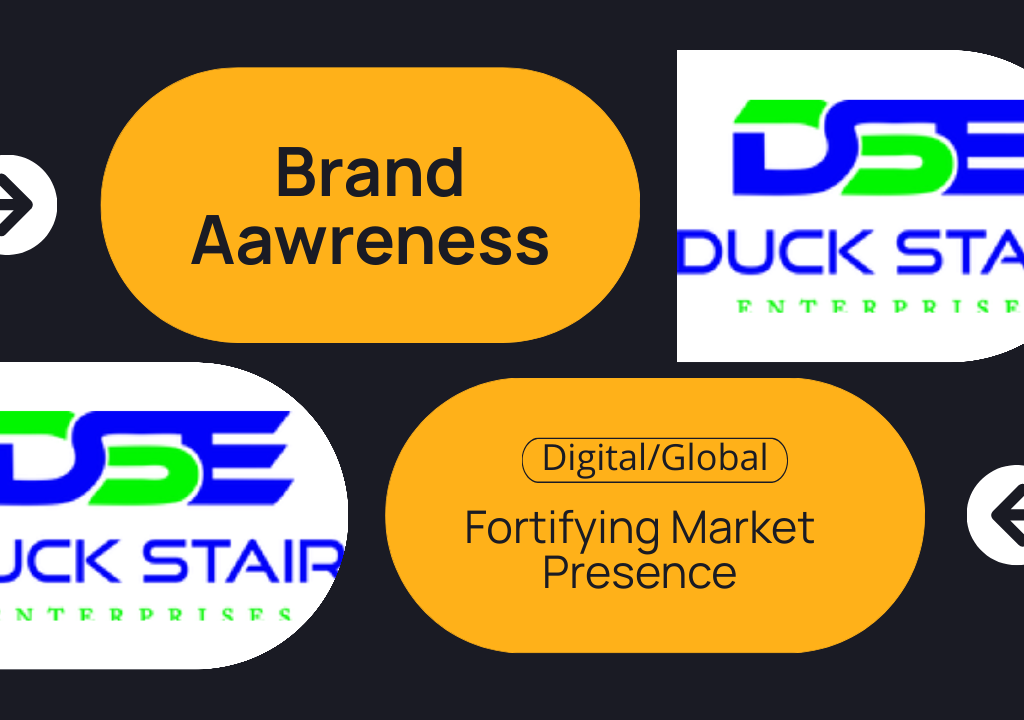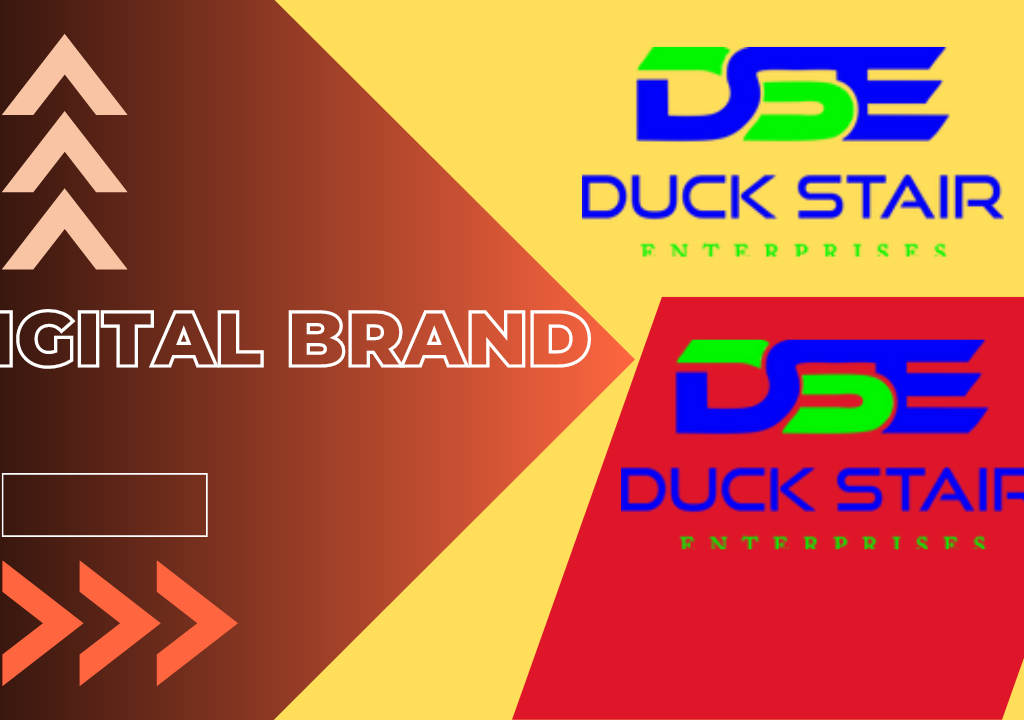
Digital Brand
A digital brand encompasses the online identity and presence of a business or entity. It goes beyond a physical storefront or traditional marketing strategies, leveraging the digital landscape to connect with audiences, build relationships, and establish a unique identity. Key components of a digital brand include:
Online Presence:
A strong and consistent presence across digital platforms, including a user-friendly website, social media profiles, and other online channels.
Visual Identity:
Well-designed and cohesive visual elements, including logos, colour schemes, and graphics, that reflect the brand’s personality and values.
Content Strategy:
An essential way to deal with content creation that lines up with the brand’s voice and reverberates with the main interest group. This incorporates blog entries, articles, recordings, and different types of computerised content.
User Experience (UX):
A focus on providing a positive and seamless user experience on digital platforms, ensuring easy navigation, quick load times, and mobile responsiveness.
Social Media Engagement:
Active participation and engagement on social media platforms to connect with the audience, share updates, and build a community around the brand.
Digital Marketing:
Use of computerised showcasing methodologies like site design improvement (Website optimization), email promoting, pay-per-click (PPC) publicising, and web-based entertainment promoting to contact a more extensive crowd.
Online Reputation Management:
Monitoring and managing the brand’s online reputation, including reviews, comments, and mentions across various digital channels.
E-commerce Integration (if applicable):
Seamless integration of online shopping and transaction capabilities for brands involved in e-commerce.
Data Analytics:
Regular analysis of digital metrics and user behaviour to make informed decisions and optimise digital strategies for better performance.
Development and Versatility:
Embracing new advances and keeping up to date with computerised patterns to stay creative and versatile in the steadily developing advanced scene.
Authenticity and Transparency:
Fostering authenticity and transparency in digital communications to build trust with the audience.
Community Building:
Effectively captivating with the web-based local area, encouraging conversations, and building associations with adherents, clients, and brand advocates.
In the computerised age, a very much created advanced brand is fundamental for organisations hoping to lay out major areas of strength for a, interface with their main interest group, and flourish in the cutthroat web-based scene.
